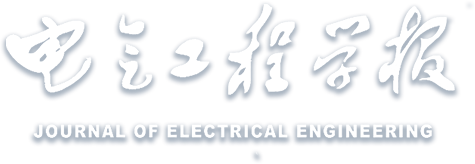Abstract:
Aiming at the temperature rise problem of high power density semiconductor switching devices, the thermal performance of air-cooling system for power converter was investigated. The effects of thermal interface material(TIM) on temperature rise of discrete SiC MOSFET and heat sink resistance were analyzed based on ANSYS ICEPAK simulation. Three air duct design schemes were proposed. A comprehensive evaluation was given from three aspects: fan efficiency, cooling effect and temperature consistency of multiple devices. The results show that the higher thermal conductivity of the TIM, the lower the temperature of the SiC chip. The AlN ceramic gasket can be cooled by about 14.2% compared with the conventional silicone sheet and this temperature drop is limited. The simulation results show a nonlinear relationship between heatsink resistance and TIM thermal conductivity with decreasing rate of change. The practical significance of overhigh thermal conductivity is limited and TIM selection should be considered in combination with thermal design cost. Reasonable distribution of fan air volume is better than simply increasing the airflow speed. The variable section dual duct design of the mixed jet cooling provides higher fan efficiency and good temperature consistency. Compared with no air duct, the chip temperature can be reduced again by about 13.7%, and its comprehensive performance is the best. This research work provides a reference for subsequent experiments on thermal management of power switching devices.


 下载:
下载: